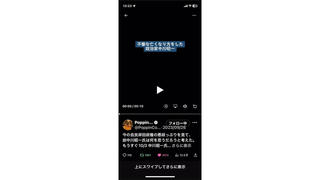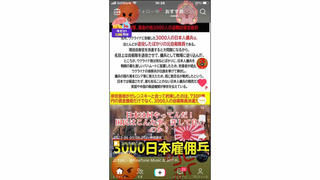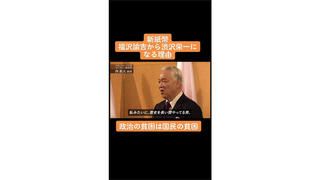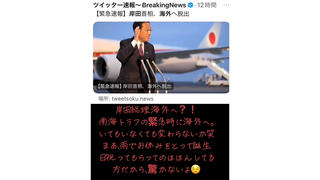
Were radioactive leaks from Korean nuclear power plants carried to Japan by yellow dust from China.? No, that's not true: it is Korea that is concerned about possible radioactive leaks from Chinese nuclear power plants carried in the air through yellow dust.
The claim appeared in a video (archived here) published by the TikTok user @kzspecial under the title "air pollution."
This is what the post looked like on TikTok at the time of writing:
(Source: TikTok screenshot taken on Thu Apr 13 13:11:42 2023 UTC)
The video opened:
Where in Japan will the radioactive leak from the Korean nuclear power plants land?
The men in the video claim,
Yellow sand from China is Dangerous.
What is Korean government doing?
Let's look at the actual official data. The Japanese Ministry of Economy, Trade and Industry has the following data available.

The graphic's captions read:
Source: "UK: Radioactivity in Food and the Environment, 2015
Canada: Canadian National Report for the Convention on Nuclear Safety, Seventh Report
France: Tritium White Paper 2016
South Korea: 2016 Environmental Radioactivity Survey and Evaluation Report around Nuclear Power Plant, Korea Hydro and Nuclear Power Company (KHNP)
According to data compiled by the Ministry of Economy, Trade and Industry, in 2016, the Wolseong Nuclear Power Plant, South Korea's main nuclear power plant, released approximately 17 trillion becquerels in liquid and 119 trillion becquerels in gas, totaling approximately 136 trillion becquerels (a becquerel is a unit that indicates the strength and amount of radioactivity).
All of the emissions are based on the regulatory standards of each country, and no significant impact on the human body or the environment has been confirmed in the vicinity of the facilities.
Further research shows that an alarm for possible contamination through yellow dust coming from China concerns South Korea, not Japan. Yonhap News Agency (a Korean news agency) wrote the following article posted on March 20, 2011. The report contains the following quote:
Yellow dust from China contains radioactive substance.
Small amounts of cesium-137, a highly radioactive material, have been detected in the air and surface of South Korea between February and April, when the dust gets most serious.
Japanese online news, News Post Seven also wrote a similar article on April 20th, 2011.
Anxiety spread over the Internet in South Korea.
The coined word "kosa no" comes from "kosa(Yellow sand) + radioactivity
It states,
The Ministry of Education, Science and Technology revealed that the radioactive material cesium was detected in the atmosphere and on the surface of the earth for the past 10 years during the period from February to April, when yellow dust occurred intensively. The ministry speculates that cesium was carried by yellow dust.
The credible data assuring that a safe amount of radiation leaks from Korean powerplants and several articles about the radiation-contaminated yellow sand problem in Korea confirm that the claim in this video is misleading.













